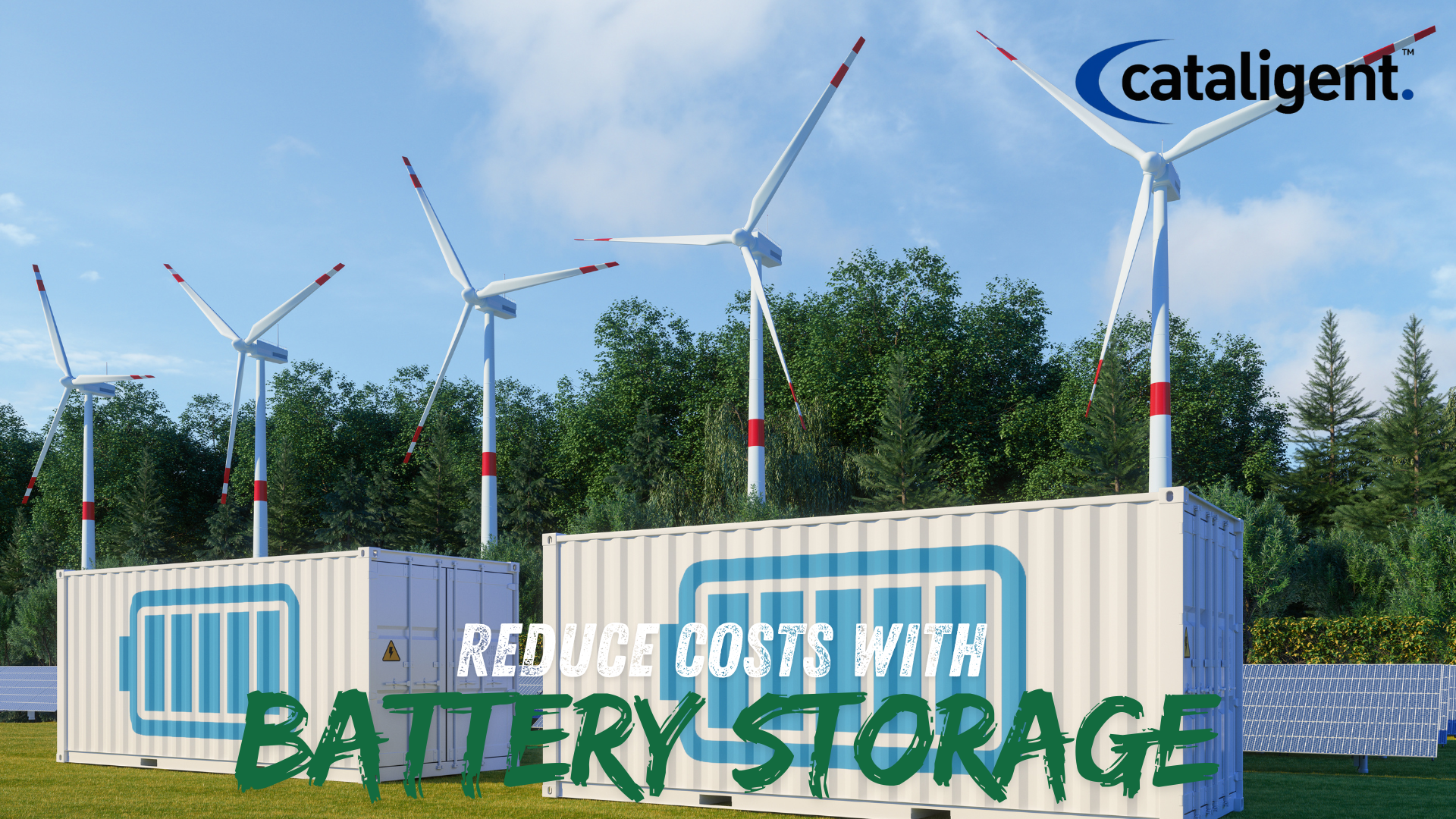Introduction
Energy storage solutions have become a critical component in modern energy management strategies. By storing excess energy generated during off-peak hours and utilizing it during peak demand periods, businesses and households can significantly reduce their electricity costs while enhancing energy reliability. With advancements in battery technology and the increasing affordability of renewable energy sources, investing in energy storage solutions is a viable approach to improving energy efficiency and sustainability.
This document explores the benefits, cost-saving impact, and implementation strategies for energy storage solutions.
What It Involves
Investing in energy storage solutions involves integrating batteries or other energy storage systems to store electricity when rates are low and utilize it when demand and costs are higher. This practice not only reduces energy expenses but also contributes to grid stability and supports the transition to renewable energy sources.
Key components of energy storage systems include:
- Battery Storage Systems: Lithium-ion and other advanced battery technologies store excess energy for later use.
- Time-of-Use Optimization: Charging batteries during off-peak hours and discharging them during peak times to minimize electricity costs.
- Integration with Renewable Energy: Storing surplus energy from solar panels or wind turbines for self-consumption.
- Grid Support and Backup Power: Providing resilience during power outages and reducing reliance on grid electricity.
By leveraging these technologies, businesses and homeowners can optimize their energy consumption while maintaining a stable and efficient power supply.
Cost-Saving Impact
The financial benefits of energy storage solutions are substantial, especially when combined with renewable energy sources or smart grid systems.
Key Cost-Saving Benefits
- Reduced Peak-Time Energy Costs: By storing electricity during off-peak hours and using it during peak demand periods, businesses can take advantage of lower energy rates.
- Enhanced Energy Reliability: Stored energy can serve as a backup during grid failures, preventing costly downtime for businesses.
- Improved Efficiency of Renewable Energy: Battery storage allows excess solar or wind energy to be used when production is low, increasing self-consumption and reducing reliance on utility power.
- Lower Demand Charges: Businesses that face high demand charges can use stored energy to reduce spikes in electricity consumption, leading to lower monthly bills.
- Government Incentives and Rebates: Many governments offer tax credits, rebates, and incentives to encourage investment in energy storage systems, further reducing initial costs.
These cost-saving measures make energy storage solutions a financially viable investment with long-term benefits.
Implementation Strategies
Successfully integrating energy storage solutions requires careful planning, investment in the right technology, and proper maintenance. Below are key steps for effective implementation:
1. Assess Energy Consumption and Needs
Before investing in an energy storage system, conduct an energy audit to determine:
- Peak and off-peak energy consumption patterns.
- Potential savings from shifting energy use to off-peak hours.
- Suitability of renewable energy integration with storage solutions.
2. Select the Right Storage Technology
Choosing the right energy storage technology depends on specific energy needs and financial considerations. Options include:
- Lithium-Ion Batteries: The most popular choice due to high efficiency and long lifespan.
- Lead-Acid Batteries: More affordable but have a shorter lifespan and lower efficiency.
- Flow Batteries: Suitable for large-scale energy storage with a long cycle life.
- Thermal Energy Storage: Stores energy in the form of heat or cold, ideal for HVAC applications.
3. Install Battery Systems for Renewable Energy Storage
If using renewable energy sources like solar or wind, battery storage allows for:
- Storing excess energy during high production periods.
- Using stored energy during low production or high-demand periods.
- Reducing reliance on grid electricity and enhancing energy independence.
4. Leverage Time-of-Use Pricing Strategies
Many utilities offer time-of-use (TOU) pricing plans where electricity costs vary based on demand. Businesses and homeowners can:
- Store energy when rates are low and use it when rates are high.
- Optimize savings by scheduling high-energy-use activities during off-peak hours.
5. Integrate with Smart Energy Management Systems
Smart energy management systems help monitor and optimize energy storage and usage. Features include:
- Real-time monitoring of energy consumption.
- Automated energy shifting based on TOU pricing.
- Predictive analytics to maximize efficiency and cost savings.
6. Maintain and Monitor Energy Storage Systems
To ensure long-term performance, regular maintenance and monitoring are essential:
- Conduct routine battery health checks.
- Update software for optimal performance.
- Monitor energy savings and make adjustments as needed.
Potential Challenges and Solutions
While energy storage solutions offer numerous benefits, there are challenges to consider:
1. High Initial Investment Costs
- Challenge: The upfront cost of batteries and installation can be significant.
- Solution: Take advantage of government incentives, tax credits, and financing options to reduce costs.
2. Space and Installation Requirements
- Challenge: Energy storage systems require space for installation, which may be limited.
- Solution: Choose compact battery solutions or explore community energy storage programs.
3. Battery Lifespan and Degradation
- Challenge: Batteries degrade over time, reducing storage capacity.
- Solution: Invest in high-quality batteries with longer lifespans and proper maintenance to extend usability.
4. Regulatory and Compliance Issues
- Challenge: Energy storage regulations vary by region, affecting installation and operation.
- Solution: Consult with local energy authorities and adhere to industry standards for compliance.
Conclusion
Investing in energy storage solutions is a strategic move toward reducing electricity costs, increasing energy independence, and improving sustainability. By leveraging battery storage systems, integrating renewable energy, and optimizing time-of-use pricing, businesses and homeowners can achieve significant financial and environmental benefits.
Although challenges such as high initial costs and battery lifespan exist, proper planning, government incentives, and technological advancements make energy storage a worthwhile investment. With continued innovation in the energy sector, adopting energy storage solutions will play a crucial role in shaping a more efficient and sustainable future.

